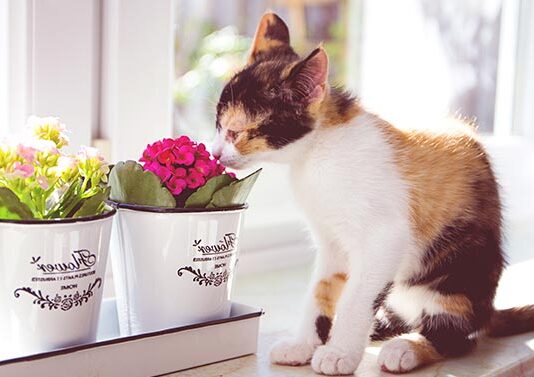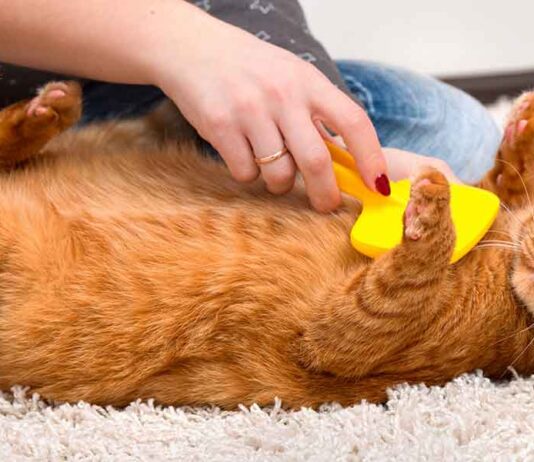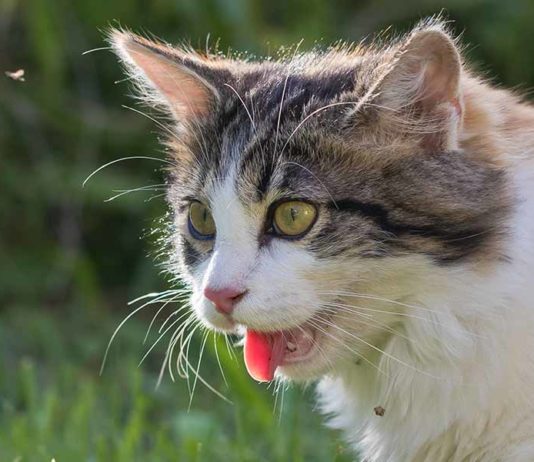They have a more powerful nose than we can even imagine, so you might be wondering what smells do cats like to get such a clear whiff of?
Cats particularly like the smell of some plants, anything they can eat, and the other members...
The best cat brush is easy to use, easy to clean, and complements your cat’s coat type.
Regular brushing removes shedding hair before it can form hairballs, and gives fur a beautiful glossy shine.
This can help your cat, and make...
We usually think of cats as masters of stealth. They tread so softly, and move so silently, that often we don’t even hear them coming.
But what about if they give their presence away by the sound of heavy breathing?
Is...
What kind of cat do I have?
The Cat Fanciers’ Association recognises 44 kinds of cats in the United States, and the Governing Council of the Cat Fancy recognises 43 kinds of cats in the United Kingdom.
Cat quotes are a great way to share a love of cats with family, friends and even total strangers!
We've got some of the greatest cat quotes for you to impress everyone with!
The Best Cat Quotes
Here...
Feral cats are a type of outdoor cat, alongside strays, and outdoor domestic cats.
Outdoor cats are common sights in just about every city, town, and community around the world.
You might watch with amusement - or even bemused annoyance - as they hang out on your deck, scrabble with other...














